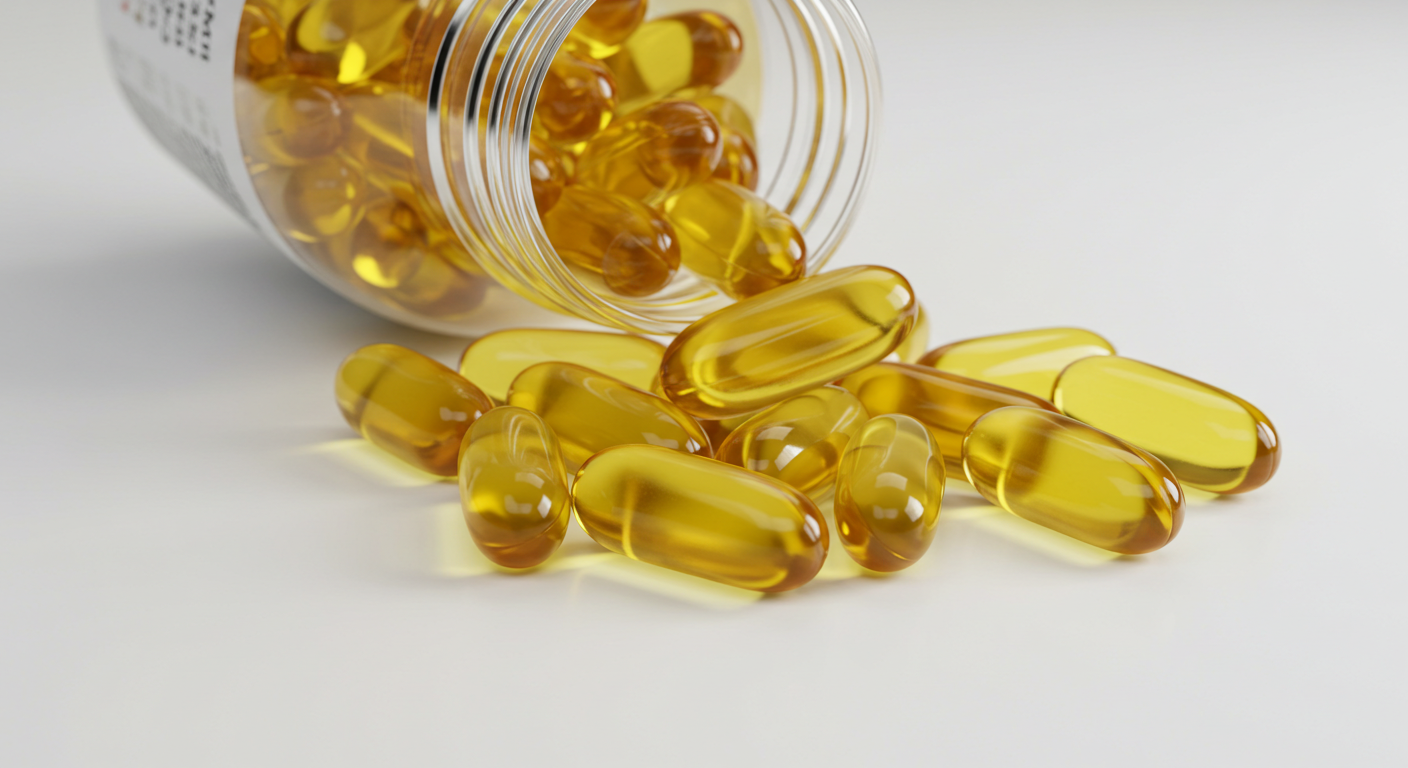Dr. Kumar’s Take:
Most people are told to avoid high doses of vitamin D, but this paper by Dr. Reinhold Vieth questions that advice. Based on human studies, he argues that daily doses up to 10,000 IU of vitamin D3 are not only safe but may be necessary for many people to reach optimal blood levels—especially those who get little sun. The current upper limit of 2,000 IU/day is likely too low. If you’re supplementing with vitamin D, consider tracking your blood levels and working with a provider, but don’t fear doses in the 4,000–10,000 IU range if you are otherwise healthy.
Key Takeaways:
✔ The current vitamin D upper limit of 2,000 IU/day may be overly conservative.
✔ Clinical trials show no harm from daily intakes up to 10,000 IU (250 µg) in healthy adults.
✔ Vitamin D toxicity is extremely rare and generally requires daily doses above 40,000 IU.
✔ The key risk is hypercalcemia, which did not occur at 10,000 IU/day in reviewed studies.
✔ Sunlight can produce vitamin D in amounts equal to taking 10,000 IU/day.
Actionable tip:
If you don’t get much sun and want to maintain optimal vitamin D levels, a dose of 4,000–10,000 IU/day of vitamin D3 is likely safe—especially with monitoring. Don’t exceed this without consulting a healthcare provider.
What This Vitamin D Study Found:
This paper, published in the Journal of Bone and Mineral Research, evaluates the evidence behind the current tolerable upper intake level (UL) for vitamin D. The official UL has been set at 2,000 IU/day based on older studies and conservative estimates. However, Vieth argues that this limit is too low and not supported by recent evidence. Most healthy adults can safely take 10,000 IU/day without risk of toxicity.
Study Design:
This was a policy and scientific review, not a randomized trial. Vieth reviewed clinical trials and metabolic data on vitamin D intake, serum 25(OH)D levels, and markers of toxicity like hypercalcemia and hypercalciuria. The paper also analyzed how vitamin D is metabolized and stored in the body, especially in fat and muscle tissue.
Study Results:
- No evidence of toxicity in adults taking up to 10,000 IU/day.
- Toxicity (hypercalcemia) typically occurs only when people take over 40,000 IU/day for long periods.
- Vitamin D stored in fat and muscle is slowly released and doesn’t pose a sudden risk, even during weight loss.
- Sunlight exposure can naturally produce 10,000 IU/day, suggesting this is a physiologically normal amount.
- Vitamin D toxicity is due to free, unbound 1,25(OH)₂D levels—not total 25(OH)D.
- Adipose stores vitamin D, but does not release enough to cause toxicity during weight loss.
- People with kidney disease are not at higher risk from vitamin D3 (cholecalciferol), though caution is needed with calcitriol.
How Vitamin D Toxicity Happens:
Vitamin D becomes toxic when it pushes calcium levels too high, leading to symptoms like nausea, weakness, and dehydration. This usually happens when 25(OH)D levels rise above 240 ng/mL—far beyond what most supplements can achieve. The body tightly regulates the active form (1,25-dihydroxyvitamin D), and toxicity only occurs when binding proteins are overwhelmed.
Related Studies and Research
Global Prevalence of Vitamin D Deficiency: A Meta-Analysis – Emphasizes the safety margin when addressing deficiency.
Policy and Scientific Guidelines on Safe Upper Limits for Vitamin D Intake – Summarizes consensus on toxicity thresholds.
Vitamin D Deficiency: Clinical Review by Michael F. Holick, MD, PhD – Covers risks of both low and excessive vitamin D.
Investigation into High-Dose “Hammer” Vitamin D Strategies for Influenza Prevention – Discusses safety data for megadose regimens.
AJCN Estimation of Optimal Serum 25(OH)D Levels for Multiple Health Outcomes – Defines upper and lower limits for health optimization.
Frequently Asked Questions
Is 10,000 IU/day of vitamin D safe?
Yes, according to this study, 10,000 IU/day is unlikely to cause harm in healthy adults and is well below the levels needed to cause toxicity.
What is the main risk of too much vitamin D?
The main concern is hypercalcemia, or high blood calcium levels. This generally happens only with doses above 40,000 IU/day taken for several months.
How much vitamin D can I get from the sun?
On a sunny day, your body can produce 10,000–25,000 IU of vitamin D in under an hour, depending on skin tone and location.
Does stored vitamin D become dangerous during weight loss?
No. Although vitamin D is stored in fat, there’s no evidence that weight loss leads to harmful spikes in blood vitamin D levels.
Conclusion
The long-held belief that vitamin D becomes dangerous above 2,000 IU/day appears outdated. Studies now show that 10,000 IU/day is safe for nearly all adults and necessary for some to achieve optimal blood levels. Concerns about toxicity should focus more on blood calcium levels and symptoms, not just intake numbers. As always, it’s smart to check your blood levels and work with a provider—but there’s no reason to fear moderate supplementation.


